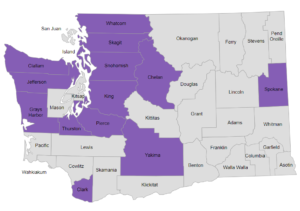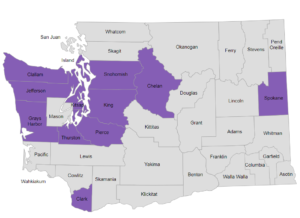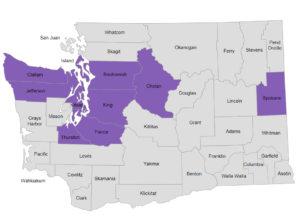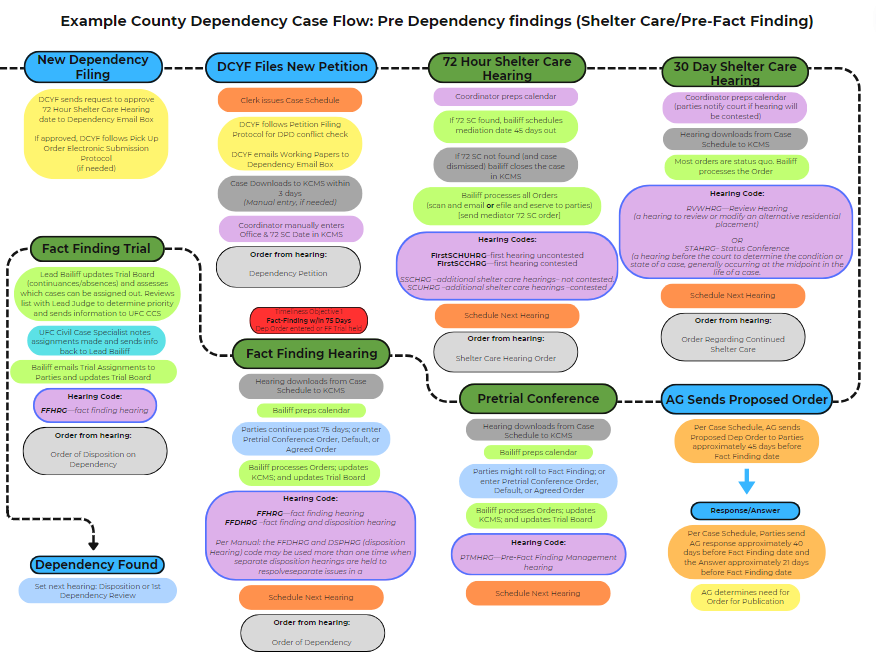Anne Hirsch is a retired Thurston County Superior Court Judge. In her time on the bench, Judge Hirsch served as Chief Judge at Family and Juvenile Court, Criminal Presiding Judge, trial court judge and Family Recovery Court Judge. Judge Hirsch was a founding member of the Advisory Committee that created the programs at Thurston County’s Family and Juvenile Court, the first stand-alone Unified Family and Juvenile Court in Washington State. Judge Hirsch has served as faculty in many local, state, and national trainings related to domestic violence, family and dependency law, and drug court, among other issues. She is faculty for the Center for Court Innovation and the National Council of Juvenile and Family Court Judges and has contributed to work on projects including the Family Court Enhancement Project, Model Codes for custody and for dependency cases, and trainings and curriculum development for custody evaluators and guardians ad litem.
Judge Hirsch served as the co-chair of the Washington State Superior Court Judges Association’s Family and Juvenile Law committee and chair of the Washington State Foster Care Commission’s Best Practices Workgroup. Prior to becoming a judge, Judge Hirsch served as a part-time family and juvenile law commissioner and judge pro tem for more than 14 years. During that time, she maintained a private law practice which included work as a mediator and guardian ad litem. Before opening her private practice, Judge Hirsch worked for many years as a legal services attorney representing low-income families in civil cases, including contested custody, domestic violence, housing, and public benefits cases.
Over the years, Judge Hirsch has participated as a trainer and volunteer for various community and law related projects including many years as a weekly instructor for Capitol High School students in their street law class. Judge Hirsch has served on local community boards including the Thurston County Domestic Violence Fatality Review, the Thurston County Bar Association, and the Lincoln elementary school site council. Judge Hirsch was a founding board member of the Thurston County Volunteer Legal Services and served for many years on the local Food Bank board of directors.
